目录
- 题目内容
- 思路
- 代码
题目内容
内容:
1.设计扫描器的自动机;
2.设计翻译、生成Token的算法;
3.编写代码并上机调试运行通过。
要求:
扫描器可识别的单词包括:关键字、界符、标识符和常整型数。
其中关键字表javascript、界符表、标识符表、常整数表如下:
关键字表K(1int 2void 3break 4float 5while 6do 7struct 8coust 9case 10for 11return 12if 13default 14else)
界符表 P(1 - 2 / 3 ( 4 ) 5 -- 6<= 7< 8+ 9* 10> 11= 12, 13; 14++ 15 { 16 } 17 ' 18 " )
标识符表I (1 2 3 4 5 6 7 8 9 10 11 12 13 14)
常整数表C(1 2 3 4 5 6 7 8 9 10 11 12 13 14)
【输入形式】
源程序文件。
【输出形式】
(1)相应单词的Token序列;
(2)标识符表,常数表。
【测试用例1】
输入:x10=x+y1*120+10;
输出:
Token序列:(I 1)(P 11)等等
标识符表:x10 x y1
常数表:120 10
思路
题目中的输出形式是:(1)相应单词的Token序列;(2)标识符表,常数表。因此,我们可以在上述代码中调整输出的格式。
对于 Token 序列的输出,python我们可以将其格式化为如下形式:
Token序列:(<单词种类>, <单词内容>)
例如:(KEYWORD, int)(IDENTIFIER, x)(DELIMITER, =)(INTEGER, 10)
对于标识符表和常整数表的输出,我们可以将其格式化为如下形式:
标识符表: x y
常整数表: 10 20
为了实开发者_Go开发现这种输出格式,我们可以在输出 Token 序列之后,再输出标识符表和常整数表。
代码
#include <stdio.h>
#include <string.h>
#include <ctype.h>
// 定义单词种类
typedef enum {
KEYWORD, // 关键字
DELIMITER, // 界符
IDENTIFIER,// 标识符
INTEGER // 常整型数
} TokenType;
// 关键字表
char *keywords[] = {
"int", "void", "break", "float", "while", "do",
"struct", "const", "case", "for", "return", "if",
"default", "else"
};
// 界符表
char delimiters[] = {
'-', '/', '(', ')', '--', '<=', '<', '+', '*', '>',
'=', ',', ';', '++', '{', '}', '\'', '"'
};
// 标识符表
char *identifiers[100];
int identifier_count = 0;
// 常整数表
int integers[100];
int integer_count = 0;
// Token 序列
struct Token {
TokenType type; // 单词种类
char *lexeme; // 单词内容
int value; // 单词值
} tokens[100];
int token_count = 0;
// 读入的源程序
cJUqrAPfhar source[100];
int source_pos = 0;
// 读入下一个字符
char get_char() {
return source[source_pos++];
}
// 跳过空白符
void skip_space() {
while (isspace(source[source_pos])) source_pos++;
}
// 读入单词
void get_token() {
skip_space();
char ch = get_char();
// 如果是字母,则读入单词
if (isalpha(ch)) {
int lexeme_pos = 0;
char lexeme[100];
while (isalpha(ch) || isdigit(ch)) {
lexeme[lexeme_pos++] = ch;
ch = get_char();
}
lexeme[lexeme_pos] = '\0';
source_pos--; // 将最后读入的非字母或数字字符放回去
// 判断是否为关键字
for (int i = 0; i < 14; i++) {
if (strcmp(keywords[i], lexeme) == 0) {
tokens[token_count].type = KEYWORD;
tokens[token_count].lexeme = lexeme;
token_count++;
return;
}
}
// 如果不是关键字,则加入标识符表
identifiers[identifier_count] = lexeme;
tokens[token_count].type = IDENTIFIER;
tokens[token_count].lexeme = lexeme;
tokens[token_count].value = identifier_count;
identifier_count++;
token_count++;
return;
}
// 如果是数字,则读入常整数
if (isdigit(ch)) {
int value = 0;
while (isdigit(ch)) {
value = value * 10 + (ch - '0');
ch = get_char();
}
source_pos--; // 将最后读入的非数字字符放回去
// 加入常整数表
integers[integer_count] = value;
tokens[token_count].type = INTEGER;
tokens[token_count].value = value;
integer_count++;
token_count++;
return;
}
// 如果是界符,则读入界符
for (int i = 0; i < 18; i++) {
if (delimiters[i] == ch) {
// 加入 Token 序列
tokens[token_count].type = DELIMITER;
tokens[token_count].lexeme = ch;
token_count++;
return;
}
}
}
int main() {
// 读入源程序
scanf("%s", source);
// 读入 Token 序列
while (source_pos < strlen(source)) {
get_token();
}
// 输出 Token 序列
for (int i = 0; i < token_count; i++) {
if (tokens[i].typhppe == KEYWORD) {
printf("(KEYhttp://www.devze.comWORD, %s)\n", tokens[i].lexeme);
} else if (tokens[i].type == IDENTIFIER) {
printf("(IDENTIFIER, %s)\n", tokens[i].lexeme);
} else if (tokens[i].type == INTEGER) {
printf("(INTEGER, %d)\n", tokens[i].value);
} else if (tokens[i].type == DELIMITER) {
printf("(DELIMITER, %c)\n", tokens[i].lexeme);
}
}
// 输出标识符表
printf("\nIdentifier Table:\n");
for (int i = 0; i < identifier_count; i++) {
printf("%s\n", identifiers[i]);
}
// 输出常整数表
printf("\nInteger Table:\n");
for (int i = 0; i < integer_count; i++) {
printf("%d\n", integers[i]);
}
return 0;
}
到此这篇关于C语言设计实现扫描器的自动机的示例详解的文章就介绍到这了,更多相关C语言扫描器内容请搜索我们以前的文章或继续浏览下面的相关文章希望大家以后多多支持我们!

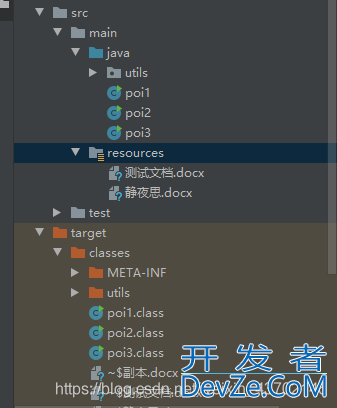
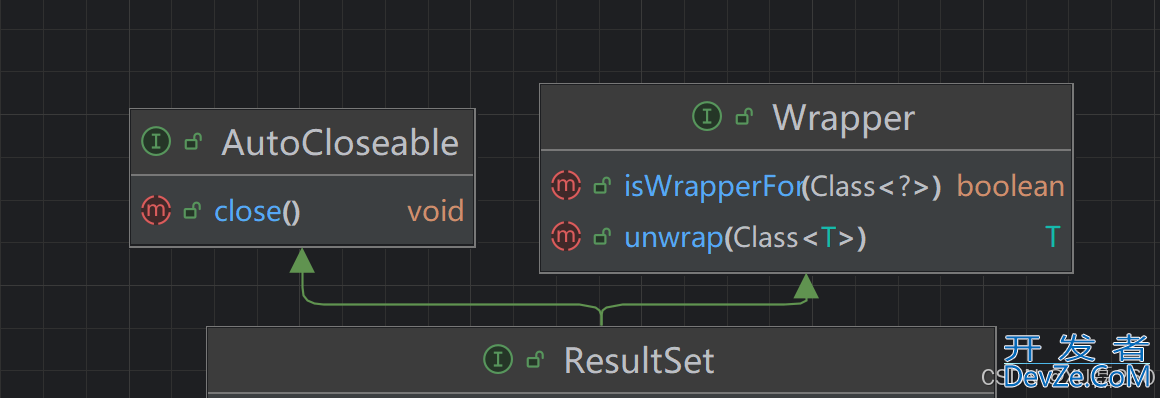

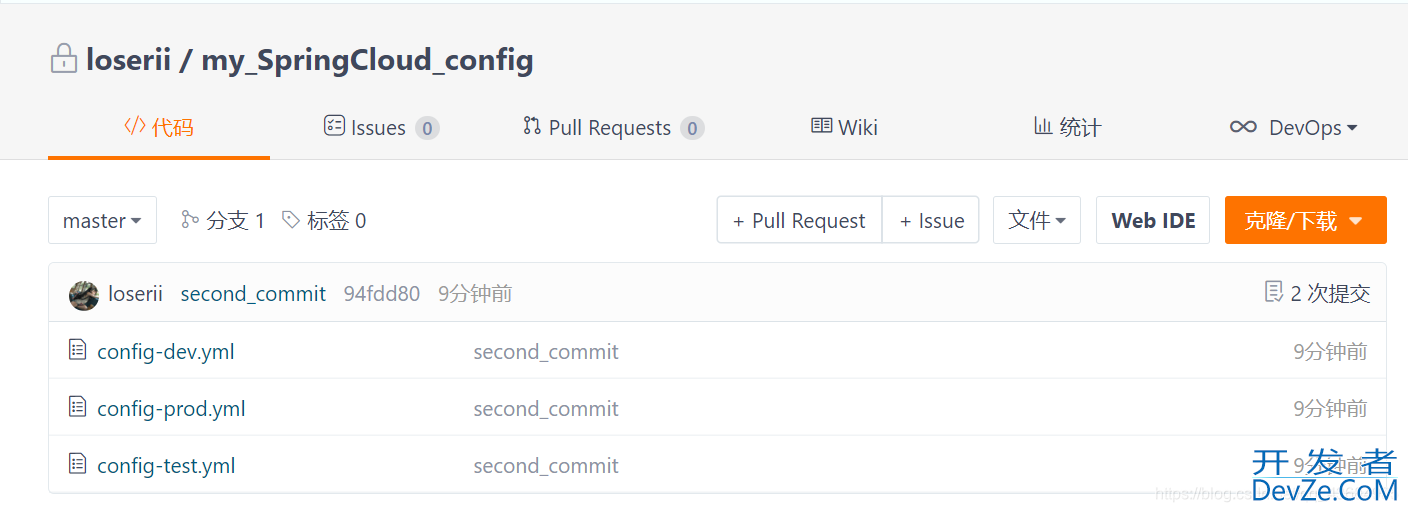
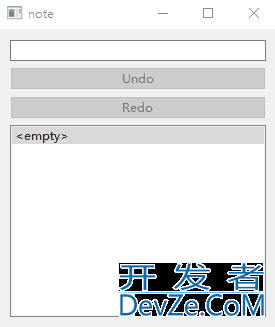
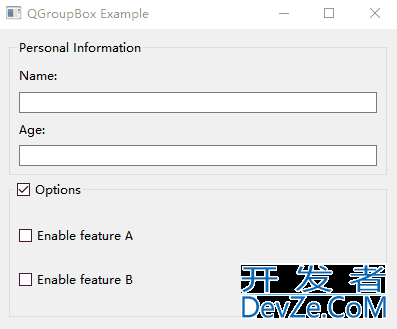
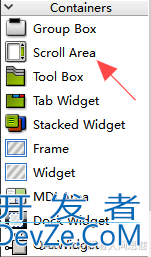
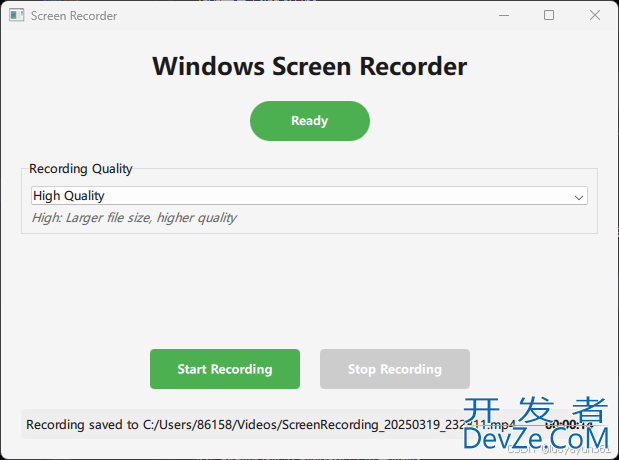
 加载中,请稍侯......
加载中,请稍侯......
精彩评论